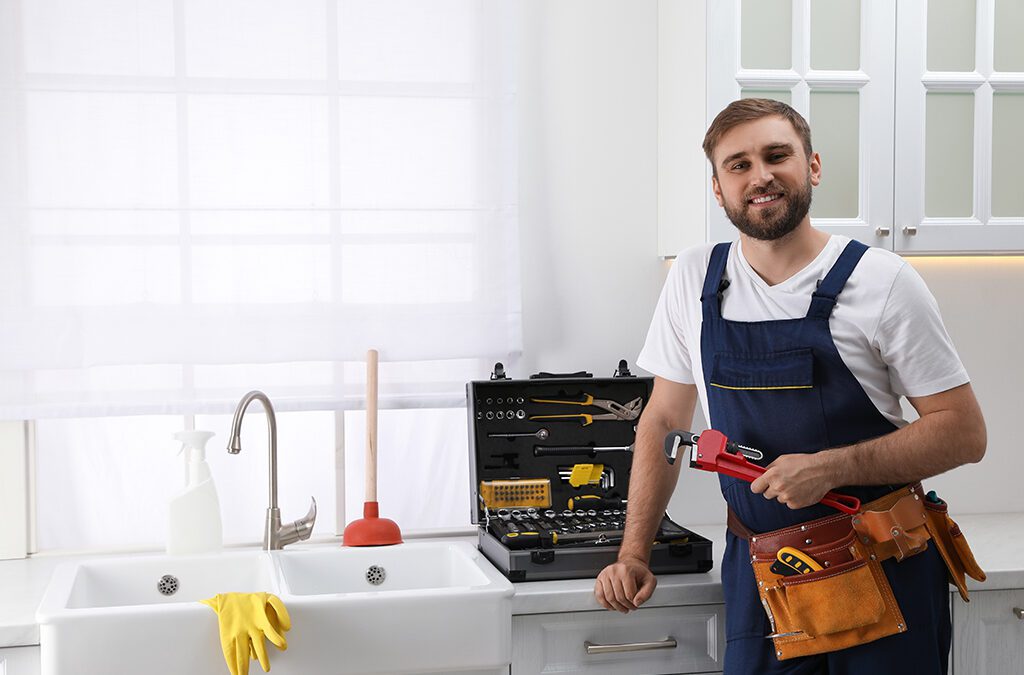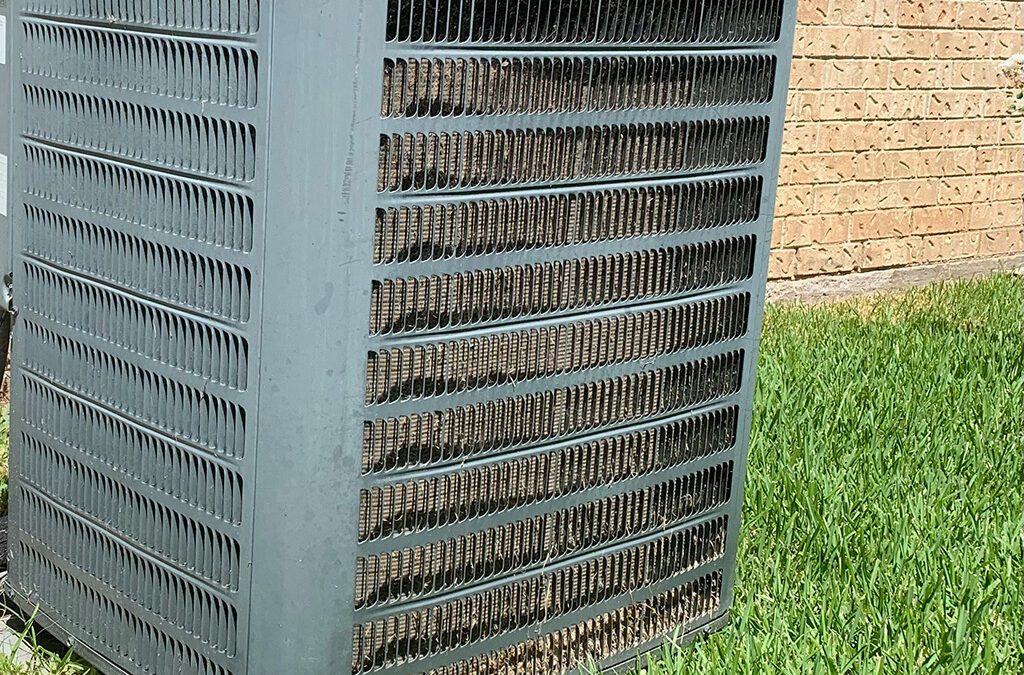Regular care and maintenance for your water heater offers the same benefits you’ll find with careful maintenance for anything else: longevity and energy-saving efficiency. Performing maintenance two to three times a year is the best way to ensure that your water heater reaches its maximum lifespan. Remember that all maintenance should be done while wearing gloves, protective clothing, and safety goggles.
Test the Pressure Valve
The temperature and pressure relief valve prevents your tank from over pressurizing and rupturing or exploding. When pressure exceeds a certain level, the valve opens and releases pressure within the tank.
- Turn off power or gas (depending on if you use an electric or gas water heater) to the unit and close the cold water inlet.
- Place a bucket beneath the relief valve to catch water from the relief test.
- Pull the trip lever on the relief valve. You’ll hear a rush or air or see a puff of vapor from the relief valve. If you don’t see this, you need to drain the tank and replace the relief valve.
- Replacing the valve will require you to remove the discharge pipe and unscrew the valve from your water heater. Once removed, buy a replacement valve with an identical stem length to replace your existing valve.
Tank Flush
Two to three times a year you should flush your water heater to remove sediment buildup and debris from inside the tank. Sediment changes the consistency and quality of water and can make it more difficult to heat, reducing energy efficiency.
- Turn off power or gas (depending on if you use an electric or gas water heater) to the unit and close the cold water inlet.
- Connect a garden hose to the drain valve near the base of the water heater. Make sure the other end of the hose drains to a place that won’t be damaged by scalding water.
- Open the pressure relief valve and the drain valve. Drain the tank completely to remove as much sediment as possible.
- Close the tank drain valve, remove the hose, and then close the relief valve.
- Open all hot water spigots in your house.
- Open the cold water inlet for your hot water heater.
- Close each open spigot as water begins to flow through it.
- Turn on electricity or gas to the hot water heater.
It’s important to wait to turn on the heat for your water heater. By waiting for all spigots to run water you guarantee that your hot water tank is full. If the tank is not full, there is a chance that the upper heating element can burn out, leaving you without hot water until it is replaced.
Additional Advice
- Make sure your water heater’s thermostat is set to 120 degrees. The lower temperature will save you money and prevent burns
- Insulate older water heaters with an insulation jacket, but stay clear of the flue
- Maintain two feet of clearance around the water heater
- After maintenance is performed on your tank, condensation may develop on the tank’s exterior leading to small drips and puddles – this is normal
Metro Plumbing, Heating, and Air Conditioning is the service company you want! Call us today at (423) 616-1025!



